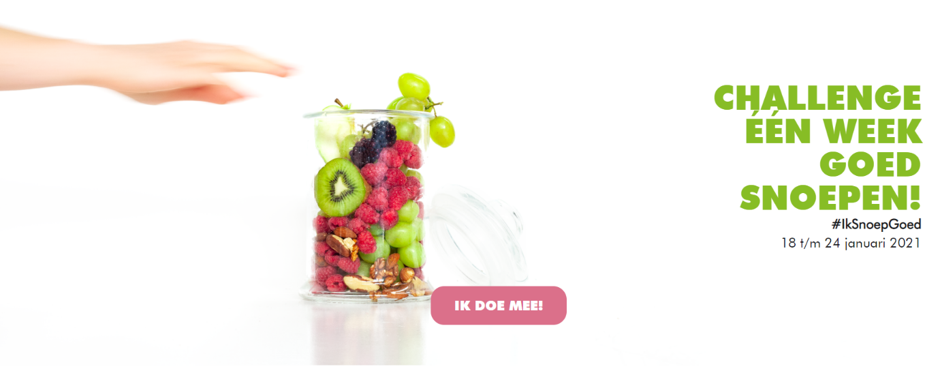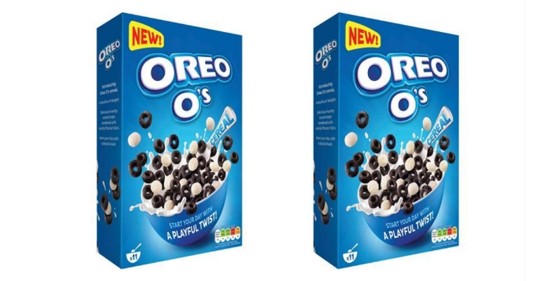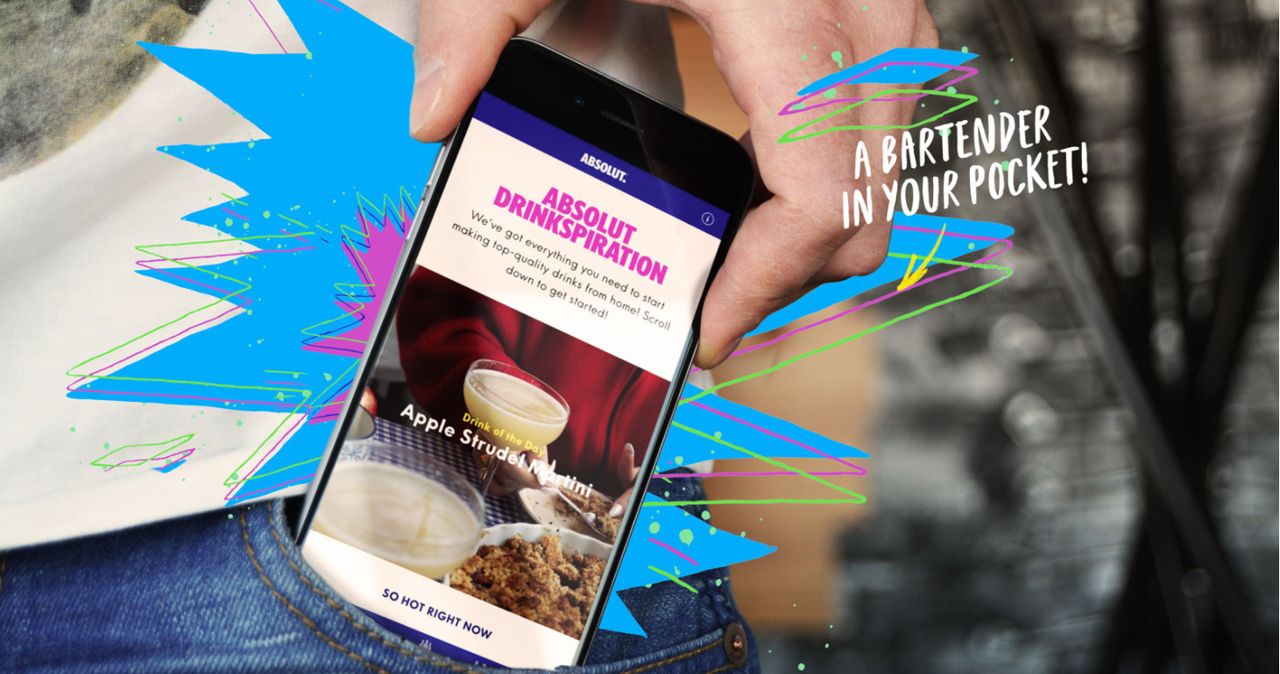Good resolutions tend to not last long. Especially since the pandemic, snacking at home has increased, because many of us felt we deserved a little treat in the home office or after the home school day. How can we help consumers to stick with their good resolution, to eat healthier? There is no magic answer. All or nothing doesn’t work. A balanced diet with room for healthy food and indulgent treats has the best chances of success. This blog post is dedicated to February Snack Month and explores both sides of the spectrum: fun snacking and healthy snacking. Enjoy!
First, let’s have a look at this graph of Google Trends showing ‘healthy snack’ searches of the past 5 five years: it is quite striking to see the same pattern every year. In January, there is a peak in searches for healthy snacks, then the good resolutions drop gradually throughout the year. Also, interesting: 2020 shows a peak in healthy snack searches during the first 1st eye of the storm of the pandemic (March – August).

Google Trends shows more searches for healthy snacks during the 1st eye of the storm of the pandemic (March-August), above the yearly average (in green).
Fruit snacks and nuts are the number two go-to treat since the pandemic
In a study conducted on 1000 adult consumers, chips were the most common go-to treat; rather than being followed by candy or ice cream, dried nuts and fruit took second place on the snack food hierarchy. The two factors driving this trend are variety and naturalness (The World of Food Ingredients, November 2021).
Health-positive snacks are high on workers’ wish lists, to keep them energized throughout the day. And the demand for fruit snacks is soaring: Euromonitor shows close to 10% year-on-year growth in fruit snacks in Western Europe (December 2021). To meet consumers’ desire for variety, experimentation with flavors is crucial: think cherry chili or matcha tea with ginger and lime.
Snacking right: hello health!
February can be a great thematic month to stimulate continued commitment to good resolutions for healthy eating. One example is Tournée Minérale in Belgium. Since 2017, February has traditionally become known as “Tournée Minerale”: a month without alcohol, it is based a word play between “Tournée Général” (buying everyone a beer in a bar) and “mineral water”. The Belgian initiative is probably inspired by “Dry January” in the UK and US, where people give up alcohol in January already, after overindulging during the holidays. In the UK, January 2021 turned out to be the biggest Dry January ever, a clear sign of consumers' commitment to eat and drink healthier. Great tasting craft drinks can also be made without alcohol: think passion fruit puree, honey syrup and ginger beer. The same kind of flavor combination could perfectly work in a snack (more about this below, under Drinkspiration).
In the US, February is known as Snack Food Month, and it is interesting to read the intro paragraph on the National Snack Food page. The initiative doesn’t want to stimulate unhealthy eating; on the contrary, snacking is described as a great way to eat more proteins, fiber, and fruits — thereby helping one’s body stay in shape. February Snack Month in the US is clearly promoting to snack “right”.
The same thing is happening in The Netherlands. In January 2021, the ‘Week van Snoep Goed’ (Week of Snacking Right) was launched for the first time. Just like water can be a healthy replacement for soft drinks, fruit snacks can be a healthy replacement to satisfy cravings for crisps or sweets, as an addition to a healthy diet with lots of fresh fruits and vegetables. The initiative reached 45 million Dutch consumers and more than 9,000 people accepted the Snack Right Challenge. This year was the second edition: more than 17,000 people have accepted the challenge, which shows that a lot of people are ready to consciously address and re-think their snacking habits.

There are a lot of opportunities for healthy snacks: less sugar, more protein and fiber, vegan, and fortified snacks, to name a few. And always, when we focus on health, slashing sugar stays a key priority; sugar reduction is an expectation, not an exception. There are several strategies to create tasty snacks with less sugar. Our favorite way is to simply to create a snack with a less sweet overall taste. Vegetables and spices are being introduced in formerly more sweet categories - think the likes of zucchini cheddar cheese muffins or pumpkin chili muffins.
If you would like to read more about sugar reduction strategies in snacks, check out What’s playing in the world of sugar reduction
Snacking fun: hello indulgence!
Brands that can bring playful experiences will win. We see a number of things happening that are redefining adulthood (Mintel) since the pandemic came along. Many adults are seeking child-like, playful experiences. 22% more UK consumers have started a new hobby since Covid-19. 22% of US women aged 25-54 who used to play video games as a kid, recently started gaming again. 64% of Chinese parents (aged 18-49) would like to spend more time in parent-kid activities since Covid-19.
A food brand that understands this playish adult trend well, is Oreo. Oreo recently launched Oreo O's: cookie style cereal, that brings sweet childhood memories for adults who want an indulgent breakfast or a fun crunchy treat at any time of the day. This line extension is a very smart idea: by playing on familiarity – consumers know and trust Oreo – the brand makes a smart and fun move into the cereal category, which is on the rise since there is more in-home consumption now.

Drinkspiration
Nice innovations happen where one category goes looking for inspiration from another.
Drinkspiration is a bartending app by Absolut and guess which drink is currently featured? Apple Strudel Martini – an Austrian pie in a drink, how sweet! The same can happen in the other direction: cocktails and mocktails can be a great source of inspiration for snacks. Fruit can be paired with botanicals like rose, lavender or rosemary into a dreamy, delicious snack.
To know more about using botanicals in snack development, check out our these Tips & Tricks.

Beverage brands could think of extending their offering to the healthy snacking space, in line with the growing consumer interest in healthier living. They could literally bring their brand from sip to bite.
Take Aways
Healthy snacking does not always have to mean avoidance of one food group or ingredient, but rather making choices of what to add to your daily routine. Instead of saying no to chips, try including more salty vegetable snack mixes. Rather than depriving yourself of sweets altogether, think about ways to incoporate fruits to provide a sweet spot in your snacking habits.
Are you inspired to co-create the perfect snack to satisfy consumers’ needs? Our team is ready to innovate with you.




